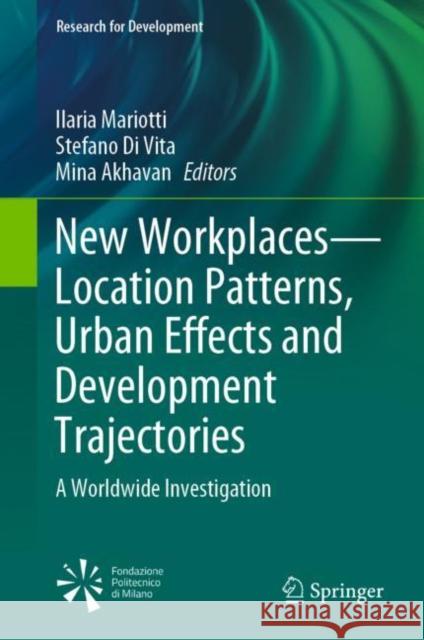New Workplaces--Location Patterns, Urban Effects and Development Trajectories: A Worldwide Investigation » książka
topmenu
New Workplaces--Location Patterns, Urban Effects and Development Trajectories: A Worldwide Investigation
ISBN-13: 9783030634421 / Angielski / Twarda / 2021 / 304 str.
New Workplaces--Location Patterns, Urban Effects and Development Trajectories: A Worldwide Investigation
ISBN-13: 9783030634421 / Angielski / Twarda / 2021 / 304 str.
cena 642,56
(netto: 611,96 VAT: 5%)
Najniższa cena z 30 dni: 616,85
(netto: 611,96 VAT: 5%)
Najniższa cena z 30 dni: 616,85
Termin realizacji zamówienia:
ok. 22 dni roboczych.
ok. 22 dni roboczych.
Darmowa dostawa!
Kategorie BISAC:
Wydawca:
Springer
Seria wydawnicza:
Język:
Angielski
ISBN-13:
9783030634421
Rok wydania:
2021
Wydanie:
2021
Numer serii:
000473111
Ilość stron:
304
Waga:
0.68 kg
Wymiary:
23.88 x 19.56 x 2.03
Oprawa:
Twarda
Wolumenów:
01











